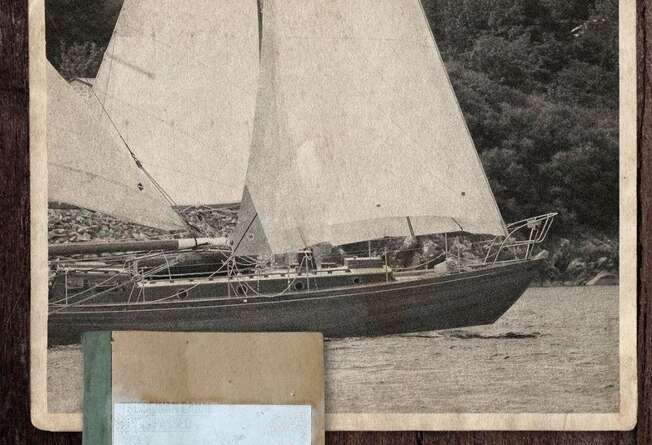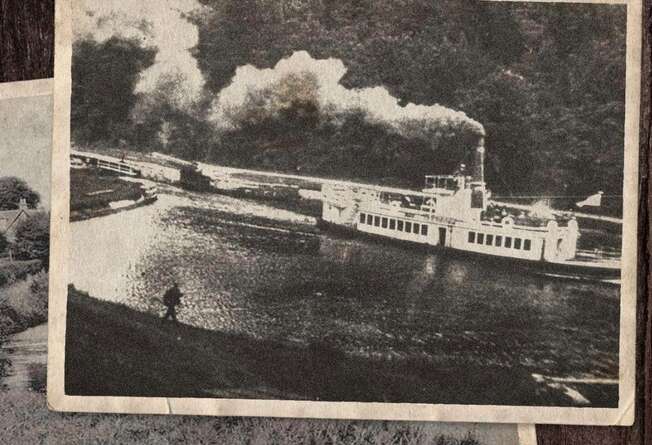Crinan Canal history and heritage

Find out how "Britain's most beautiful shortcut" was built and discover its Victorian heyday.

1771
James Watt surveys the area to find a course for the canal.

1773
The Crinan Canal Act is passed and James Paterson is appointed as resident engineer.

1805
A section of the canal bank fails, 3 miles north of Ardrishaig. The course of the canal is altered.

1809
With the help of government loans and additional funding, reservoirs are completed and the canal now has an adequate supply of water. The canal opens for business.

1811
A violent storm bursts the banks of the main reservoir, with millions of gallons of water and hundreds of tons of rock, boulders, peat and mud wrecking locks, pounds, public roads and canal banks.

1854
33,000 passengers, 27,000 sheep and 2,000 cattle have been transported through the canal.

1847
Queen Victoria and her family sail through the canal and by 1857, 44,000 passengers are arriving at Ardrishaig to take the ‘Royal Route’.

1866
A specially designed steamer ‘The Linnet’ is launched to cope with the demand and to replace the horse drawn barges operating the route. The Linnet runs until 1929.

1930
New sea locks are built at either end of the canal to allow easier access for boats.

1939
The outbreak of WWII and the canal is ordered to turn its navigation lights off. This blackout measure was a response to the threat of Hitler’s Luftwaffe.

21st century
The Crinan Canal is mainly used by visiting yachts and fishing vessels enjoying the most beautiful shortcut in the world.